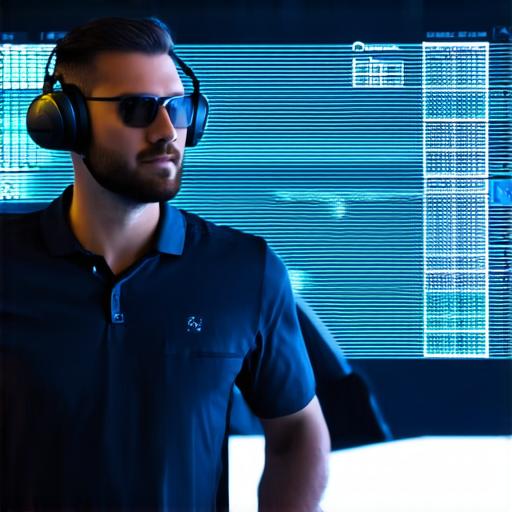Augmented reality (AR) is a technology that overlays digital information on the real world. It has gained popularity in recent years and has been adopted by many industries, including gaming, marketing, and education.
Overview of Augmented Reality
AR technology can be accessed through a variety of devices, including smartphones, tablets, and headsets. It works by using cameras and sensors to capture the real world environment and then superimposes digital elements onto that environment. These elements can include images, videos, animations, and even interactive objects.
Applications of Augmented Reality
There are many potential uses for AR technology across various industries. Here are some examples:
- Gaming: AR has already found a home in the gaming industry, with games like Pokémon Go and Snapchat’s AR filters becoming wildly popular. These games use the real world as a backdrop and add digital elements to create an engaging and interactive experience for players.
- Marketing: AR can be used to enhance marketing campaigns by adding interactive elements that allow customers to engage with a brand in a more meaningful way. For example, IKEA’s AR app allows users to see how furniture would look in their home before making a purchase.
- Education: AR has the potential to revolutionize education by providing students with an immersive learning experience. For example, AR can be used to create virtual field trips, allowing students to explore historical sites or scientific phenomena in a more interactive way.
- Healthcare: AR technology can be used in healthcare to enhance surgical procedures and provide doctors with real-time information. For example, surgeons can use AR to visualize patient anatomy and plan their approach, reducing the risk of errors and improving outcomes.
- Retail: AR can be used in retail to help customers make more informed purchasing decisions by providing them with product information and recommendations based on their preferences.
Case Studies of Augmented Reality

There are many examples of AR technology being successfully implemented across various industries. Here are a few case studies that illustrate the potential of AR:
- Toyota: Toyota uses AR to enhance the assembly process, allowing workers to visualize the next step in the manufacturing process and reduce errors. This has led to increased efficiency and reduced costs.
- Audi: Audi uses AR to allow customers to customize their cars by selecting different paint colors, wheels, and other options. This allows customers to see how their car would look before making a purchase.
- Volkswagen: Volkswagen uses AR to help workers assemble engines more efficiently. By using AR, workers can visualize the next step in the assembly process and reduce errors.
- Porsche: Porsche uses AR to allow customers to customize their cars by selecting different paint colors, wheels, and other options. This allows customers to see how their car would look before making a purchase.
- IKEA: IKEA uses AR to allow customers to visualize how furniture would look in their home before making a purchase. This has led to increased customer satisfaction and reduced returns.
Future of Augmented Reality
The future of AR is bright, with many industries already adopting the technology and more expected to follow suit. As the technology continues to improve, we can expect to see even more innovative uses for AR in the coming years. Some potential areas where AR could have a significant impact include healthcare, education, and retail.
Summary
Augmented reality is a powerful technology with many potential uses across various industries. By overlaying digital information on the real world, AR provides a more immersive and interactive experience for users.
